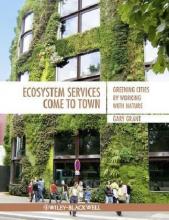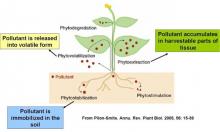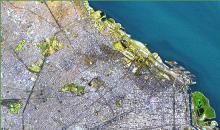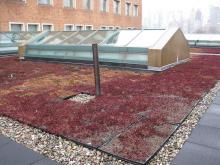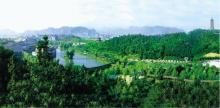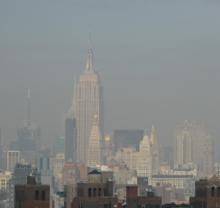International News
This is a very knew area of scientific inquiry and we are just scratching the surface. However, enough successful work has been done that compels us to start incorporating these tactics and strategies in our built environment as partners in progress. Our green standards are abysmally too low for any serious self-congratulations. By using grey water as green roof and living wall irrigation now, we can start evaluating the phytoremediation effects as we go. After mechanical filtration and phytoremediation, along with control of the contaminants we introduce into our environment, I see no reason why we can’t start using green water for a wide array of uses from laundry to washing food to washing ourselves, to irrigating food crops, to irrigating green roofs and living walls in areas short on potable water.
To restore the balance in urban ecosystems, urban planners and designers have started to look for different ways to generate green spaces in an increasingly grey world. Green spaces benefit cities and their inhabitants by minimizing temperature variation, absorbing rainwater, reducing stormwater runoff and promoting biodiversity, all of which can improve the well-being of the cities inhabitants.
Robyn Simcock has just sent through recent research from NZ.
1. Enhancing plant water supply without irrigation or deeper substrates.
2. Drivers of Living Roof water quality.
Both docs have been posted in the Library
The Congress will be held in Hangzhou, China on October 22 - 26 and offers post congress tours to the Ancient Cities of China. The host Congress committee has extended member rates to GRA members wishing to attend this World Congress. Please refer to the Events page for more info.
This Green Infrastructure Plan presents an alternative approach to improving water quality that integrates ―green infrastructure,‖ such as swales and green roofs, with investments to optimize the existing system and to build targeted, smaller scale grey‖ or traditional infrastructure. This is a multi-pronged, modular, and adaptive approach to a complicated problem that will provide widespread, immediate benefits at a lower cost.


